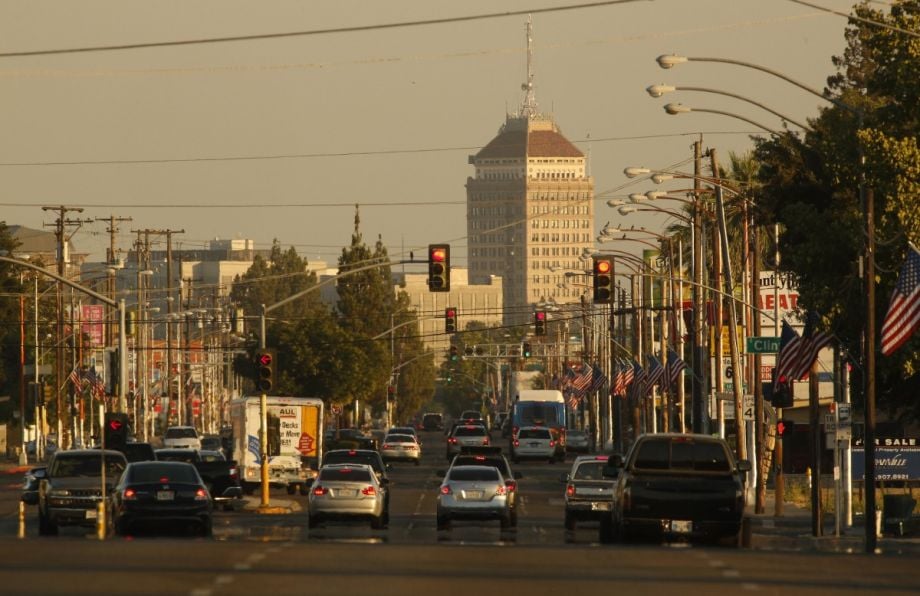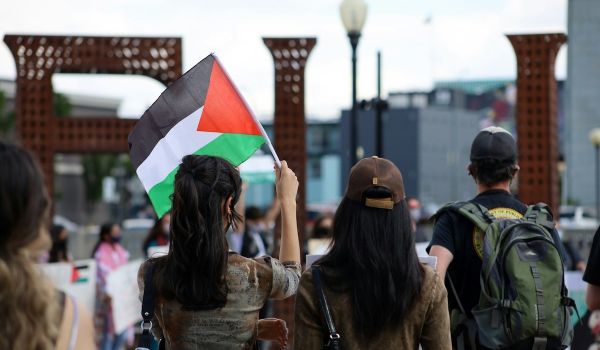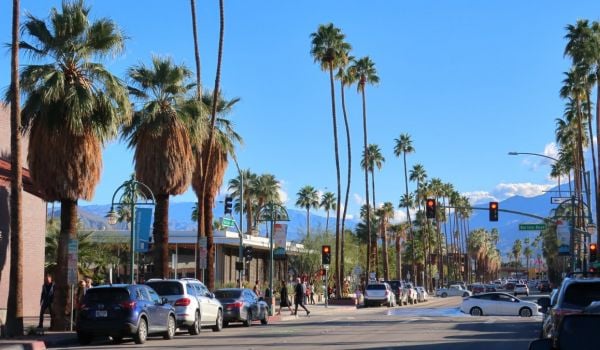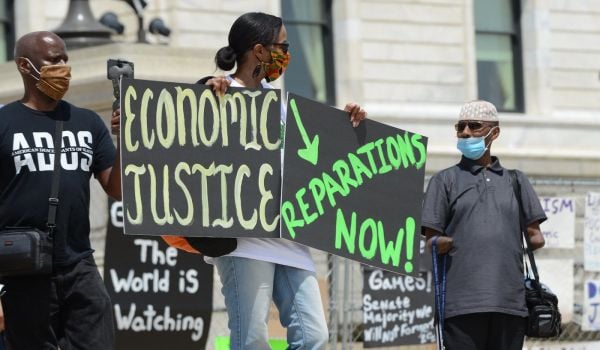Francisco Moreno says little has changed on his block since he moved into a single-story house in Southwest Fresno 20 years ago. From his sidewalk-less street he can still see the Foster Farms chicken factory, and smell exhaust from the processing plant where a food company turns cows into dog food.
He’s one of 40,000 majority working-class residents living in the 93706 ZIP code — the most polluted postal address in California. He’s also just less than a mile southwest of downtown Fresno, California, which has seen more than $100 million in private investment in recent years for commercial housing and a local tech company’s new campus.
In his neighborhood, however, Moreno says, “No one [in the city] has made it a priority to serve us.”
“There aren’t sidewalks, there aren’t lamp posts,” he says, in Spanish. “There aren’t trails our kids can use to get to school on their bikes.”
That may soon change. On Oct. 4, residents like Moreno wrapped up a participatory budgeting process on how to spend more than $37 million in state funds to improve environmental conditions and job prospects in Southwest Fresno. About 125 Southwest Fresno residents voted that the money, which was allocated to the city as part of California’s Transformative Climate Communities (TCC) program, should go toward 25 local projects that would create (pending City Council approval) community gardens, new parks, better sidewalks and a community college — the first higher education space to call 93706 home.
Overall, Fresno will get about $70 million through TCC. Most of those dollars were originally intended for downtown, where a station is planned for California’s high-speed train.
Activists argued the reason Fresno received the funds was because of 93706’s harrowing pollution issues. So Moreno traveled on a bus to Sacramento, California’s capital, with his neighbors and local community groups like the Leadership Counsel for Justice and Accountability to make sure state legislators heard their case.
At a meeting in front of the Strategic Growth Council on April 27, residents from Southwest Fresno and other neighborhoods ticked off the societal and physical ills that hamper their day-to-day lives. The deficit of high-quality jobs. Lack of pedestrian and park spaces. An asthma epidemic, delivered by factory smokestacks and the three freeways that rope 93706 off from the rest of Fresno.
Months later, the state announced the money would go to projects in a larger, 5-mile radius around the downtown high-speed station.
“When you’re talking about ‘transforming communities’ and the stated purpose of the TCC, which is to reduce pollution, improve health and move economies forward, there’s no better place than southwest Fresno to kick off this program,” says Sandra Celedon-Castro, executive director of Fresno Building Healthy Communities.
Alongside the $37 million for Southwest Fresno, $20 million will go to downtown. (The Chinatown neighborhood, which is also part of 93706, will get money too.) It is also the epicenter of HSR construction, which has generally not been super positive for the local businesses currently. Los Angeles, the other pilot city in the TCC’s first funding round, will get $35 million. Another $35 million will go to an as-of-yet undesignated city.
Veronica Garibay, director of the Leadership Counsel for Justice and Accountability, helped get the TCC enacted. She and other community leaders in the California Environmental Justice Alliance were involved in the legislation that led to its creation in September 2016, after arguing for a new tool to help struggling communities access $2.2 billion collected through a state cap-and-trade program designed to reduce greenhouse gas emissions.
When first promised the state funds, the city argued that investing it in downtown would raise property taxes in the long term, which would over time supplement a new series of investments in other neighborhoods. But the TCC program was designed to “create immediate benefits in communities,” says Garibay.
While the state’s greenhouse gas funds go to projects that lower a city’s carbon footprint, like solar panels for low-income households, TCC differs in that its funds need to “provide local economic, environmental and health benefits” for areas like 93706.
Bringing a college into the area would lay the foundation for an unprecedented neighborhood economy, says Moreno.
“Computer sciences, electrical engineering, health care,” he says, highlighting the types of skills he wants his neighbors to have access to. Then there’s the act of building the campus, which Southwest Fresno community groups say will include a percentage of local tradesmen.
Parks and trails and more bus lines to the area — all with the intent of balancing the postal code’s industrial polluters — would complement Moreno’s hopes across the board.
“When the neighborhood improves, the jobs are going to improve,” he says.
Editor’s Note: This article was updated to correct the size of the zone that would get state money.
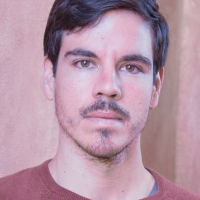
Johnny Magdaleno is a journalist, writer and photographer. His writing and photographs have been published by The Guardian, Al Jazeera, NPR, Newsweek, VICE News, the Huffington Post, the Christian Science Monitor and others. He was the 2016-2017 equitable cities fellow at Next City.

